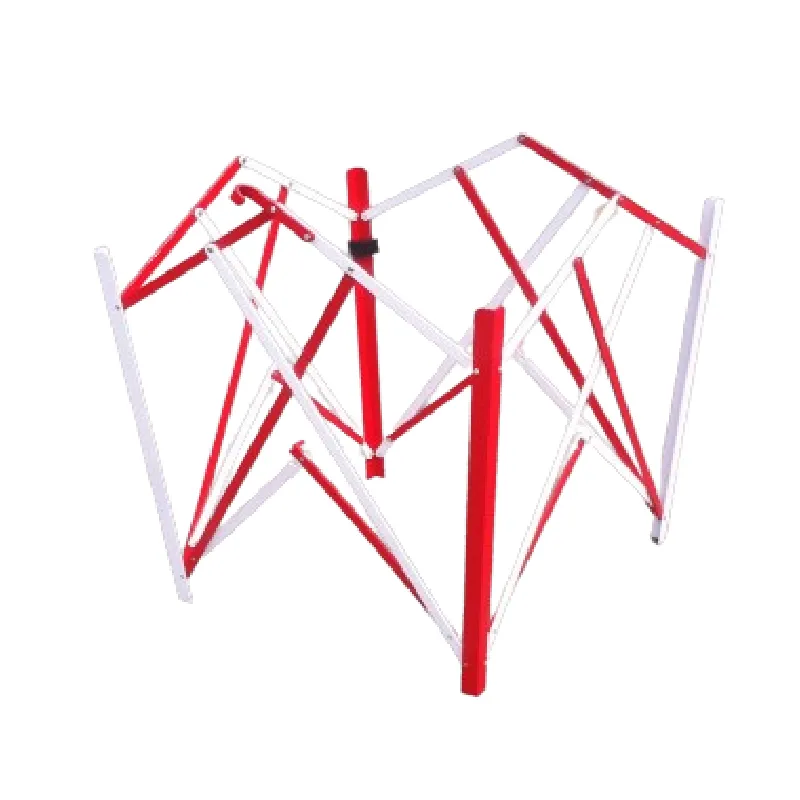
-
 Afrikaans
Afrikaans -
 Albanian
Albanian -
 Amharic
Amharic -
 Arabic
Arabic -
 Armenian
Armenian -
 Azerbaijani
Azerbaijani -
 Basque
Basque -
 Belarusian
Belarusian -
 Bengali
Bengali -
 Bosnian
Bosnian -
 Bulgarian
Bulgarian -
 Catalan
Catalan -
 Cebuano
Cebuano -
 Corsican
Corsican -
 Croatian
Croatian -
 Czech
Czech -
 Danish
Danish -
 Dutch
Dutch -
 English
English -
 Esperanto
Esperanto -
 Estonian
Estonian -
 Finnish
Finnish -
 French
French -
 Frisian
Frisian -
 Galician
Galician -
 Georgian
Georgian -
 German
German -
 Greek
Greek -
 Gujarati
Gujarati -
 Haitian Creole
Haitian Creole -
 hausa
hausa -
 hawaiian
hawaiian -
 Hebrew
Hebrew -
 Hindi
Hindi -
 Miao
Miao -
 Hungarian
Hungarian -
 Icelandic
Icelandic -
 igbo
igbo -
 Indonesian
Indonesian -
 irish
irish -
 Italian
Italian -
 Japanese
Japanese -
 Javanese
Javanese -
 Kannada
Kannada -
 kazakh
kazakh -
 Khmer
Khmer -
 Rwandese
Rwandese -
 Korean
Korean -
 Kurdish
Kurdish -
 Kyrgyz
Kyrgyz -
 Lao
Lao -
 Latin
Latin -
 Latvian
Latvian -
 Lithuanian
Lithuanian -
 Luxembourgish
Luxembourgish -
 Macedonian
Macedonian -
 Malgashi
Malgashi -
 Malay
Malay -
 Malayalam
Malayalam -
 Maltese
Maltese -
 Maori
Maori -
 Marathi
Marathi -
 Mongolian
Mongolian -
 Myanmar
Myanmar -
 Nepali
Nepali -
 Norwegian
Norwegian -
 Norwegian
Norwegian -
 Occitan
Occitan -
 Pashto
Pashto -
 Persian
Persian -
 Polish
Polish -
 Portuguese
Portuguese -
 Punjabi
Punjabi -
 Romanian
Romanian -
 Russian
Russian -
 Samoan
Samoan -
 Scottish Gaelic
Scottish Gaelic -
 Serbian
Serbian -
 Sesotho
Sesotho -
 Shona
Shona -
 Sindhi
Sindhi -
 Sinhala
Sinhala -
 Slovak
Slovak -
 Slovenian
Slovenian -
 Somali
Somali -
 Spanish
Spanish -
 Sundanese
Sundanese -
 Swahili
Swahili -
 Swedish
Swedish -
 Tagalog
Tagalog -
 Tajik
Tajik -
 Tamil
Tamil -
 Tatar
Tatar -
 Telugu
Telugu -
 Thai
Thai -
 Turkish
Turkish -
 Turkmen
Turkmen -
 Ukrainian
Ukrainian -
 Urdu
Urdu -
 Uighur
Uighur -
 Uzbek
Uzbek -
 Vietnamese
Vietnamese -
 Welsh
Welsh -
 Bantu
Bantu -
 Yiddish
Yiddish -
 Yoruba
Yoruba -
 Zulu
Zulu


May . 07, 2025 19:39 Back to list
20 Ton Chain Block Price Durable & Affordable Lifting Solutions
- Understanding Chain Block Pricing Dynamics
- Technological Advancements in Modern Hoists
- Market Leaders: Performance vs. Cost Analysis
- Custom Solutions for Specialized Operations
- Real-World Implementation Scenarios
- Safety Standards and Compliance Factors
- Strategic Purchasing Considerations

(20 ton chain block price)
20 Ton Chain Block Price Drivers in Material Handling
Industrial procurement teams prioritize 20 ton chain block price
analysis while balancing load capacity requirements. Market data reveals a 12-18% price variance between mechanical and electric models across capacity ranges:
| Capacity | Manual (USD) | Electric (USD) | Lift Speed (m/min) |
|---|---|---|---|
| 0.5 Ton | $85-$120 | $240-$310 | 1.8-2.4 |
| 1.5 Ton | $130-$180 | $380-$450 | 1.5-2.1 |
| 2 Ton | $150-$210 | $420-$520 | 1.2-1.8 |
| 20 Ton | $950-$1,300 | $2,800-$3,500 | 0.8-1.2 |
Engineering Superiority in Load Management
Premium electric chain blocks incorporate thermal-protected motors achieving 85% energy efficiency, reducing operational costs by 22% compared to standard models. Key technical differentiators include:
- Dual braking systems with mechanical override
- IP55-rated weather resistance
- Load-sensing frequency converters
Manufacturer Benchmarking Overview
The global hoist market features three primary competitors meeting ISO 9001:2015 standards:
| Brand | 20T Model | Warranty | Service Life |
|---|---|---|---|
| LiftPro XD | $3,150 | 3 years | 15,000 cycles |
| ChainMaster Pro | $2,870 | 2 years | 12,500 cycles |
| EuroHoist LX | $3,420 | 5 years | 18,000 cycles |
Application-Specific Configurations
Specialized environments require modified chain block specifications:
- Marine Applications: 316L stainless steel construction (+42% corrosion resistance)
- Cold Storage: -40°C operational capability
- Explosive Environments: ATEX-certified components
Operational Efficiency Metrics
A recent automotive plant retrofit achieved 37% productivity gains through electric chain block implementation:
- Engine assembly line: 2.5T units reduced part positioning time from 8.7 to 5.2 minutes
- Maintenance bay: 20T models enabled single-operator machinery lifts
Optimizing Chain Block 0.5 Ton Price to Value Ratio
For light-duty operations, the chain block 0.5 ton price range of $85-$310 requires careful specification matching. Leading suppliers recommend evaluating:
- Annual maintenance costs (avg. $18-$45)
- Replacement part availability
- Ergonomic handle designs

(20 ton chain block price)
FAQS on 20 ton chain block price
Q: What is the average price range for a 20-ton chain block?
A: The price of a 20-ton chain block typically ranges between $1,500 to $4,000, depending on brand, build quality, and certifications like CE or OSHA compliance.
Q: How does an electric chain block 2-ton price compare to manual models?
A: Electric 2-ton chain blocks cost between $800 to $2,500, which is higher than manual models ($300-$800) due to added motorized components and automation features.
Q: What factors influence the chain block 1.5-ton price?
A: A 1.5-ton chain block’s price (approx. $200-$600) varies with load capacity precision, durability, and additional features like heat-treated chains or corrosion-resistant coatings.
Q: Is a 0.5-ton chain block price suitable for light industrial use?
A: Yes, 0.5-ton chain blocks are affordable ($100-$300) and ideal for light tasks, but ensure the model meets safety standards for your specific application.
Q: Why do prices vary significantly between different chain block capacities?
A: Higher-capacity models (e.g., 20-ton) require stronger materials and engineering, increasing costs, while smaller units (e.g., 0.5-ton) prioritize affordability for lighter loads.
Latest news
What Are Construction Tools and How Are They Used?
NewsJul.11,2025
Professional-Grade Duct Rodding Tools for Superior Cable Installation
NewsJul.11,2025
Enhancing Safety and Efficiency with Modern Hot Stick Solutions
NewsJul.11,2025
Empowering Cable Installation with Advanced Rodder Solutions
NewsJul.11,2025
Elevate Your Cable Installation Projects with Cable Pulling Tools
NewsJul.11,2025
Efficient Cable Handling Solutions: Cable Rollers for Sale
NewsJul.11,2025











